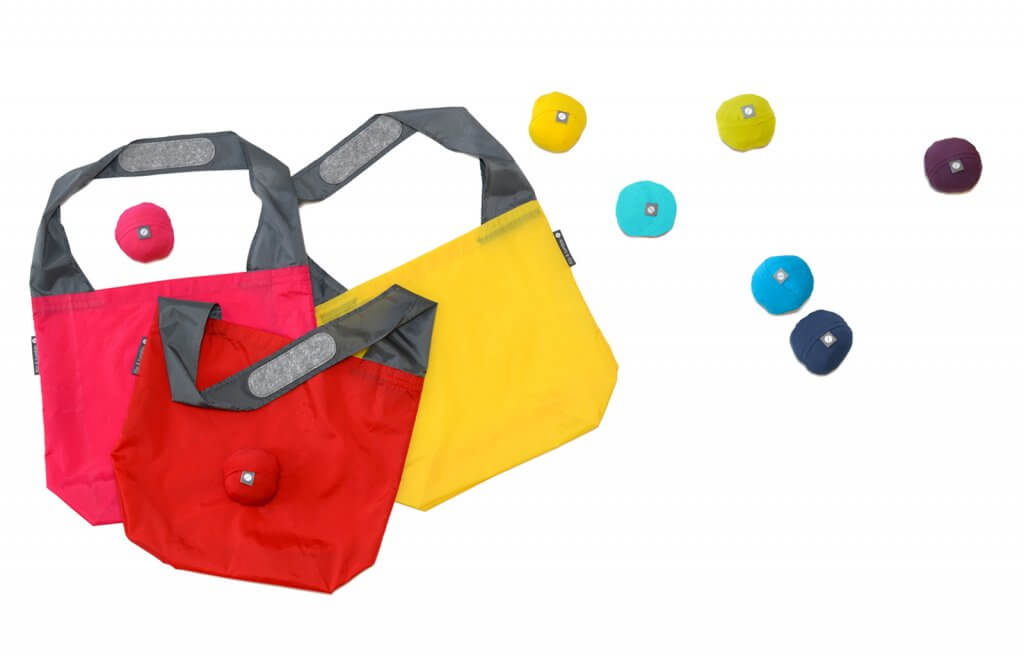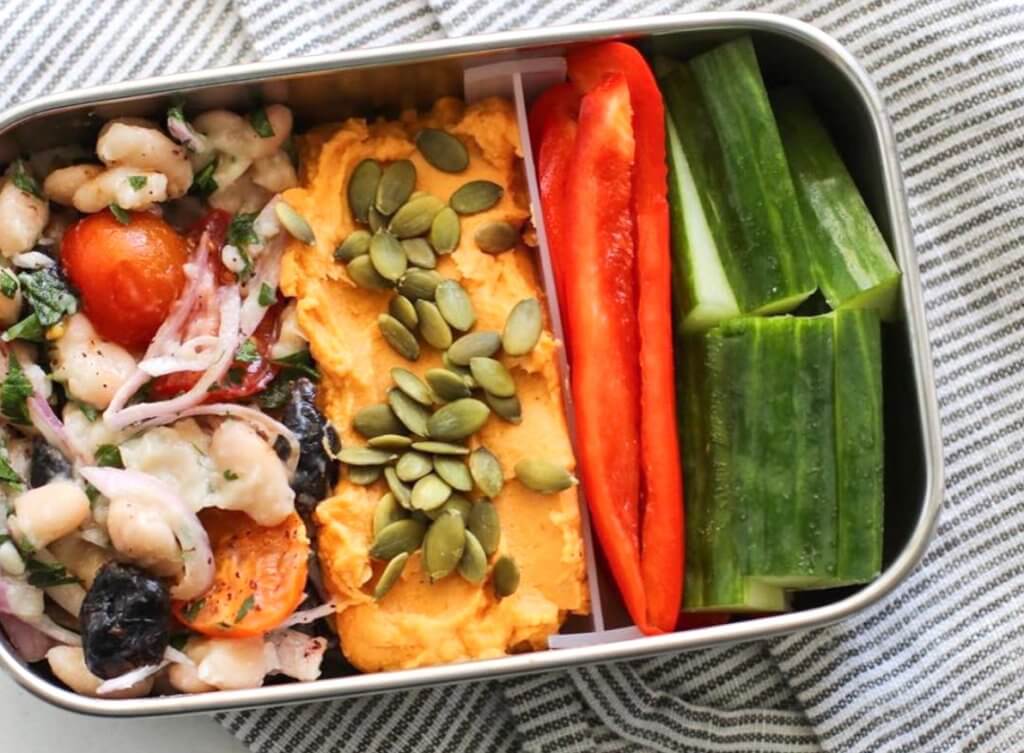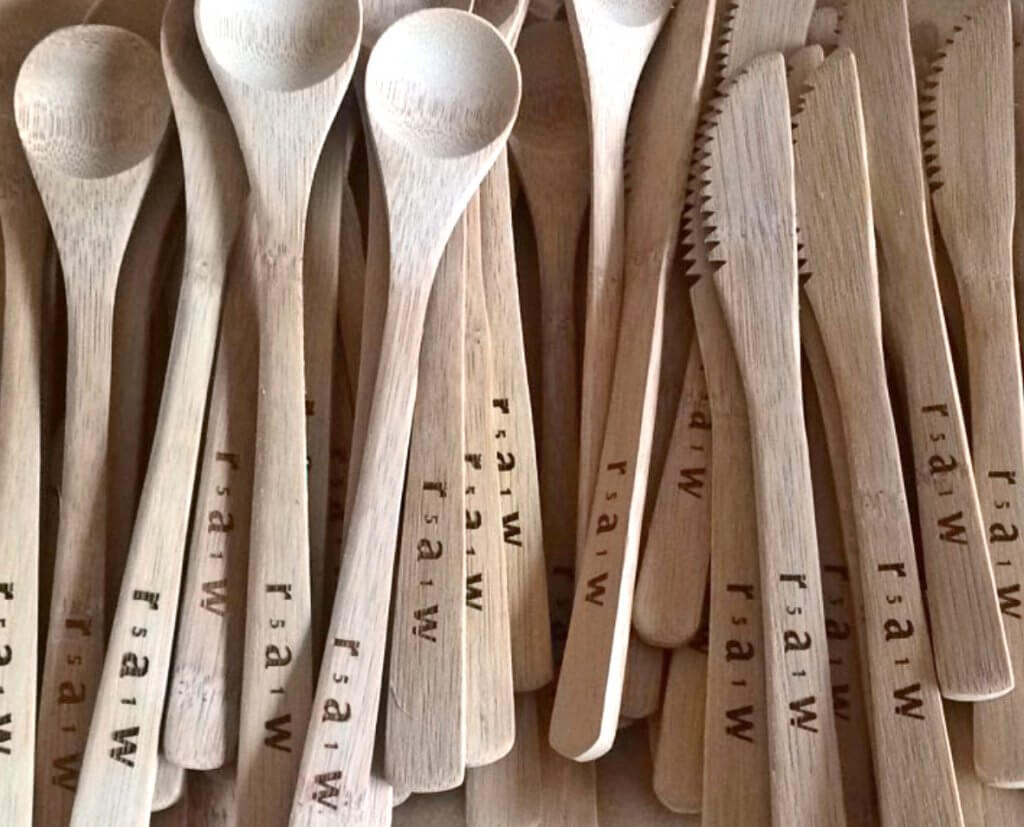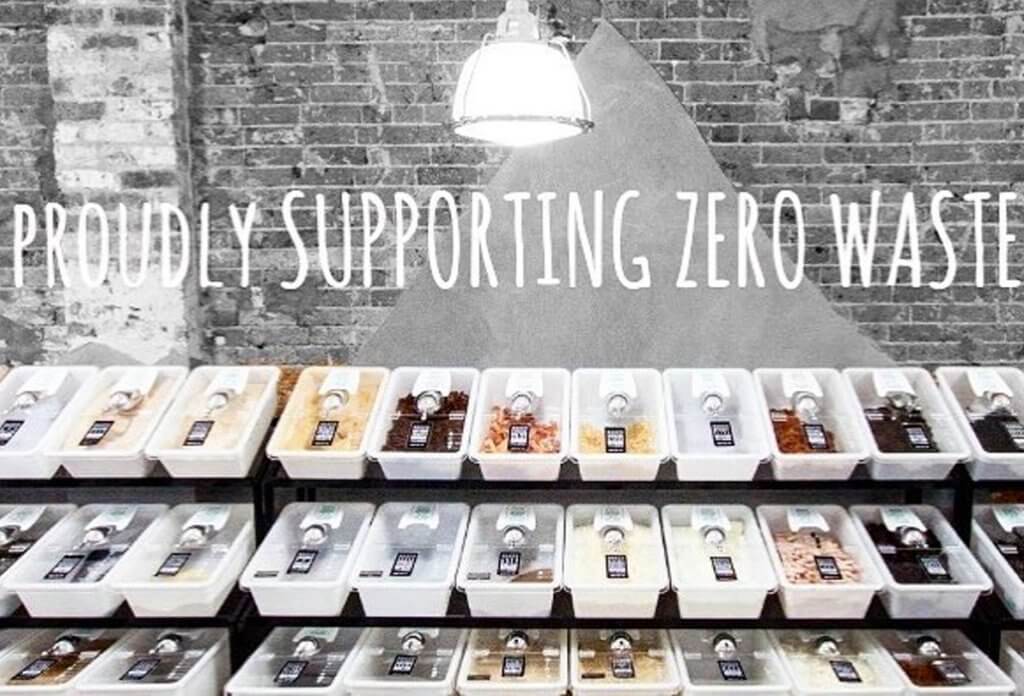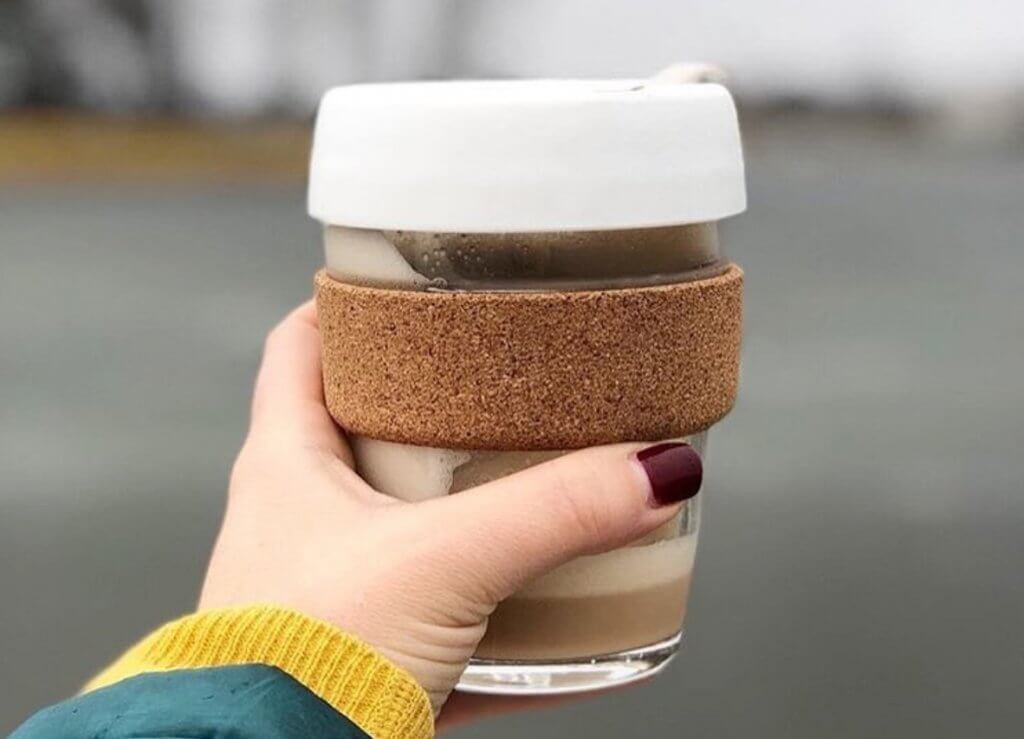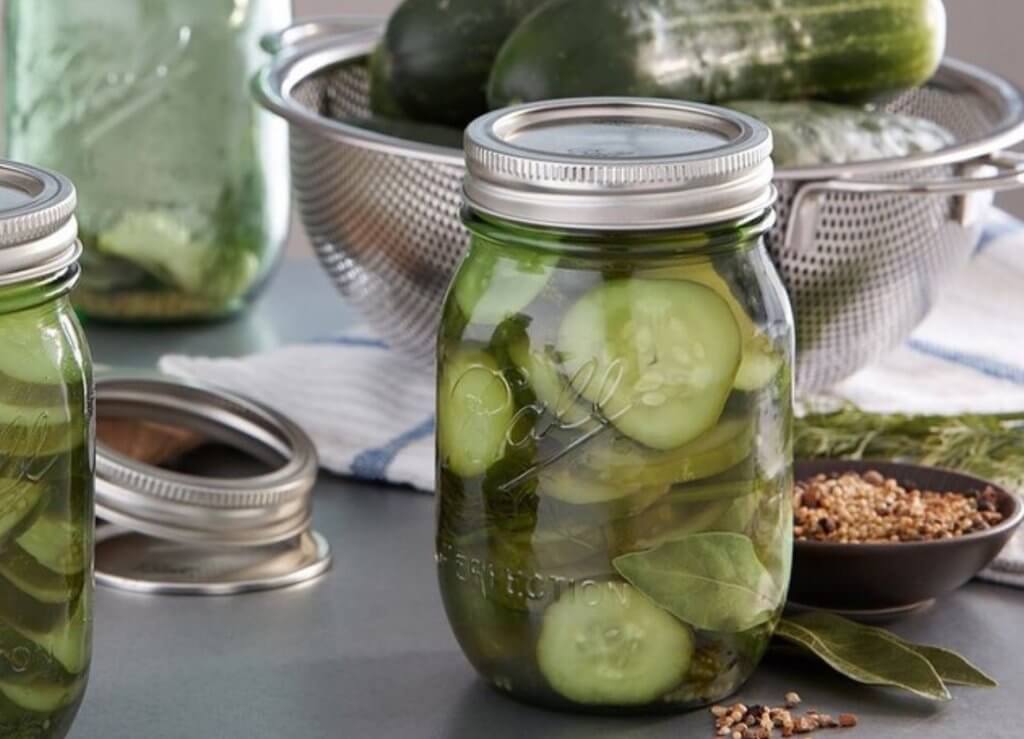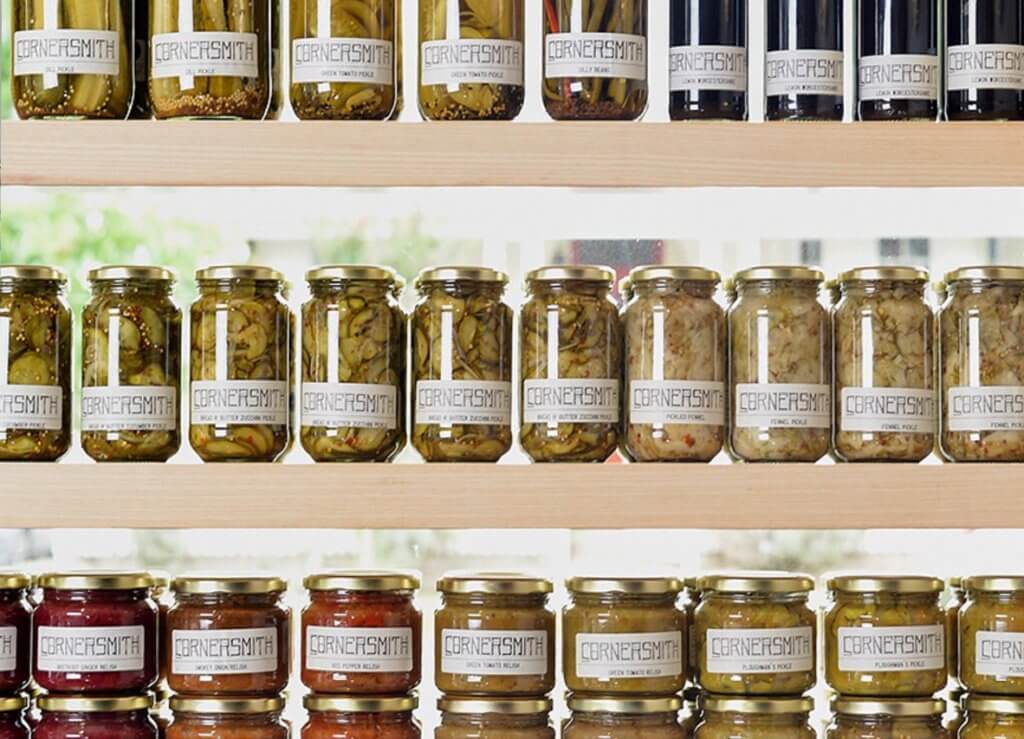10 Simple Ways to Reduce Waste
The zero-waste movement is absolutely booming at the moment, with many people making solid efforts to reduce waste and be more environmentally friendly. Some individuals and families can even fit a whole year’s worth of trash inside a mason jar! Now, that’s pretty incredible but we don’t expect everyone to be able to do this from the get go. (Although it’s a great goal to work towards.) If you’ve been tinkering with the idea of going a little bit greener, then now’s the time to start. Here are our top 10 tips to considerably minimise your eco footprint – the best thing is that all of them are super easy to adopt!
1. Say no to plastic bags
This is the big one! You might be shocked to learn that Australians are one of the largest waste producers worldwide. It’s estimated that we go through 5 billion plastic bags a year in just our country alone. That’s over 13 million new plastic bags being taken home from the shops each day! Unfortunately these bags aren’t recyclable (yep, even those “bio” bags are not so great for the environment either.) So, in order to really make a big difference, especially for our beautiful oceans and marine life, it’s time to purge the plastic. Take a reusable bag with you wherever you go – you never know when you might need to do an impromptu shop! We are obsessed with these Flip & Tumble 24-7 Bags that roll up into a small ball, easy to pop inside your bag while you’re on the go. If you do happen to get caught out at the shops without a reusable bag, think about whether you even need a bag at all. Can you carry what you just bought in your hands? Or can you ask the staff for a cardboard box instead? After you start saying no to plastic bags you’ll never be able to go back!
2. Take homemade lunches to work
Packing your own lunch not only saves you money, it also means you don’t eat meals that are served in plastic packaging with plastic cutlery. Invest in a few good quality lunch boxes that make it easy to transport your meals to and from home each day. Having different size options is great for days that you might want to pack some extra snacks or that delicious birthday cake from the weekend! If you’re already cooking dinner, just add some more ingredients into the mix to ensure you have leftovers for the next day – that way packing lunch doesn’t seem like such a huge chore. Think about the type of lunch box that will work best for your eating habits. Do you want to be able to heat your food in the microwave? Is it essential that your lunch box is dishwasher safe? Do you prefer the taste of eating from stainless steel rather than from plastic? Choosing the right lunchbox that you’re going to love means you’ll want to use it every day. Making your waste reduction journey a lot easier!
3. Dine in or BYO reusable containers for takeaway meals
We understand that eating a packed lunch can get a bit boring from time to time. So for those special occasions when you’d like to treat yourself, take your own bowl or containers with you to the restaurant or cafe. This might feel a bit weird the first time you do it but most eateries will happily oblige – and also be very supportive. If you happen to be a regular or quite chummy with the staff already, ask for a dine-in bowl that you can take back to your desk and return after you’ve finished. Our Upcycle team frequently does this with our local favourite Vietnamese restaurant The Rice Pantry and it’s fantastic. After doing it a couple of times, it becomes a habit very quickly. Plus, wouldn’t we all love to be recognised as the eco-warrior at our local lunch spots?

4. Take reusable cutlery with you on the go
Kick your dining game up a notch and take some reusable cutlery with you at all times. You just never know when you might get hungry and need a little snack. A lightweight and portable set of cutlery that comes in its own pouch makes it incredibly easy to refuse plastic knives, forks and spoons. Or you can simply grab some utensils from your kitchen drawer, pop them in a linen napkin and tie it all together with a rubber band. Voila!
5. Shop at a bulk foods store
Opting to buy your groceries at a bulk foods store instead of a traditional supermarket will drastically reduce the amount of waste in your kitchen and pantry. Take your own reusable jars, grab some paper bags provided at the shop or pop your goodies in fabric produce bags. Most bulk foods stores won’t look as glamorous as the supermarket, with an absence of bright, shiny packaging or eye-catching sale posters that encourage impulse purchases. Instead, everything is just in simple tubs with a code for each product that gets punched in at the checkout. Less packaging at the shop means less waste for you at home!
6. Invest in a reusable coffee cup and water bottle
No more cappuccinos in disposable cups or bottled water at the beach! Be prepared for caffeine fixes or weekend outings with a reusable coffee cup and water bottle. In Australia alone, it’s estimated that we churn through 1 billion coffee cups per year and that’s in addition to the 118,000 tonnes of bottled drinks we buy per annum! Does it really make sense to drink from a disposable cup or bottle when you think about those numbers? In this day and age, we are so swept up in takeaway and convenience culture that it’s easy to forget about the huge environmental impact of small daily choices. It does take a while to train yourself to carry a cup and bottle around with you. But just think about if you bought 1 coffee per day in your own cup for 5 years – that’s 1825 coffee cups that you’d end up saving from landfill! Now we think that’s rewarding enough to make the switch!
7. Use a bamboo toothbrush
A really simple change to a household item that we all use every day. Swapping out your plastic toothbrush for a more eco-friendly option will drastically reduce your plastic waste over a lifetime. The eco alternative is a bamboo toothbrush, which we think looks way nicer than their bright, plastic counterparts anyway! Bamboo is a natural plant material that grows at lightning speeds and is completely biodegradable. Some bamboo toothbrushes are even made with special nylon bristles that are also biodegradable.
8. Pickle or cook fruit and vegetables that might go to waste
Save your food, don’t scrap it! A yummy way of reducing your food wastes is by preserving or pickling your fruits and vegetables. People used to do this more often back in the day when you really needed to make your food last. It used to be completely inconceivable to throw food in the bin when you could save money and your ingredients last longer. Australians are responsible for 4 million tonnes of food waste each year so we can all try to do our best to reduce this crazy figure. Got too much leftover cabbage? Cut it up and turn it into sauerkraut. Are those cucumbers nearing the end? Give them new life as pickles for your next burger. The possibilities are endless as you can pretty much find a great pickling recipe for any type of fruit or vegetable.
9. Store leftovers in beeswax wraps
Replace those rolls of cling wrap for a way more eco-friendly alternative. Beeswax wraps are made from cotton and all natural beeswax and will keep your leftovers fresh without having to use plastic. Wrap these directly onto your cut fruit, vegetables and cheeses or use them to cover bowls of meat. Each beeswax wrap is reusable, lasting for about a year and they’re easily washable with warm soapy water. Once they reach the end of their life they can be composted or used as a firestarter.
10. Buy pantry items that come in glass jars instead of plastic
Next time you’re re-stocking your pantry, take a closer look in the aisles and see if there’s a glass option for your food. Instead of buying items like olives, sauces, dips or juices in plastic packaging, try to find a glass alternative. We love buying things in glass jars not only because we can always reuse them after we’re done with the food. Not only can you use these for storing even more food down the track, you can also use them for stashing small household items like rubber bands, safety pins or as a pen jar.
Little by little we can all start to do our bit to reduce waste and become more eco-conscious. It all starts with just one small habit at a time. Give one of these 10 things a go in order to begin your minimal waste journey and you’ll be pleasantly surprised how quickly you’ll change your entire lifestyle.

